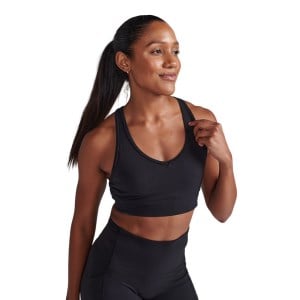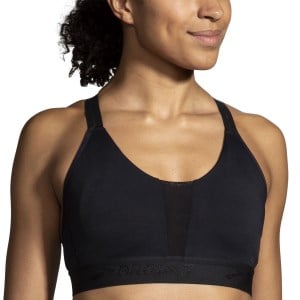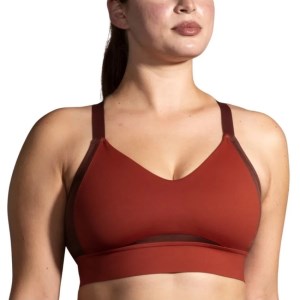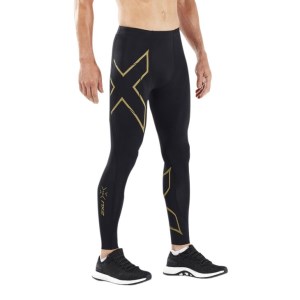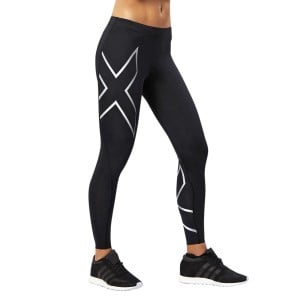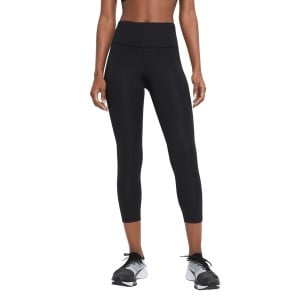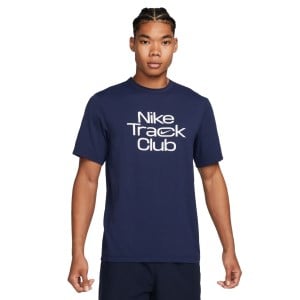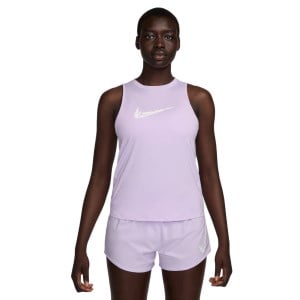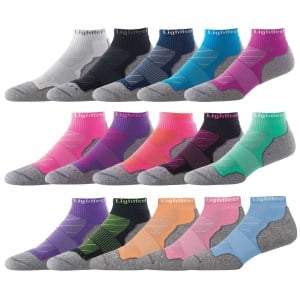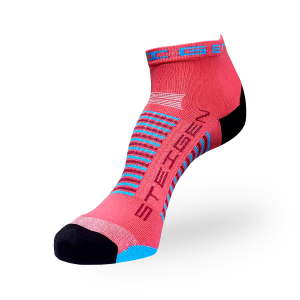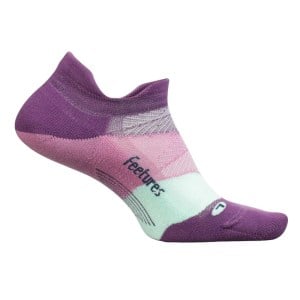When Should You Replace & Recycle Your Running Clothes?

You’re hooked on your super comfy sports bra, running tops, compression tights or running socks that once fit like a dream. But as they say, all good things must come to an end and it’s important to know when to break up with your workout gear and move on.
Throw out, recycle, repurpose or reuse?
First off, the question shouldn't be "When should you throw out your workout clothes?" - it should be when to recycle, repurpose or reuse them if they remain in a run or gym-ready condition. Sportitude has partnered with UPPAREL to help you lift the burden off the environment when you declutter your running gear and activewear.
With a mission to keep textile waste out of landfill, UPPAREL take the guesswork out of whether to reuse (fit for wear/charity donation), upcycle or recycle your textiles. Yes, even worn-out workout clothing and running shoes still have value.
When textile collections arrive at UPPAREL, they are carefully sorted into these categories so nothing goes to waste - and nothing ends up in landfill. Check out how UPPAREL can help you make a difference.
So, is it time for your running clothing or gym clothes to be given a second life?
Sports bra

For women, the condition and fit of your sports bras can make or break your workout. A worn-out sports bra will lack the support you need for low to high intensity activity – whether it’s yoga, walking, running, CrossFit, weight training/lifting, jumping or however you move during your sweat sessions.
Excess bouncing causes trauma to your breasts - resulting in irreversible stretching of breast tissue (i.e. premature sagging) and back pain.
A rule of thumb is a sports bra should never have a first birthday – they last from 6 months to no longer than 12 months.
Know the signs of when to replace your sports bra:
- You feel less supported
- Elastic underbust band rides up, sags or chafes – no longer holding snugly to your midsection
- Straps are worn-out or won’t stay-put
- Colour fading or frayed fabric signifies it’s reached its expiration date
- Loss of stretchiness/elasticity– when you tug down on the sports bra it doesn’t resist or spring back into shape
- It doesn’t fit like it used to – our bodies are constantly changing, whether it’s due to hormonal changes, pregnancy and childbirth or fluctuations in weight. You want your breast tissue to fill the bra, without spilling over the sides.
-
2XU Motion Racerback Womens Sports Bra
-
Brooks Drive Plunge 2.0 Womens Running Bra
-
Brooks Drive Interlace Womens Running Bra
Compression / running tights

Once you get hold of the perfect running tights with sweat-fighting power, you never want to let them go. When it comes to compression gear, their effectiveness is linked to their ability to hug your body in a tight yet non-restrictive, second-skin fit.
In their prime, well-fitted compression tights like 2XU and Skins increase the transport of oxygen-rich blood to your hard-working muscles – supporting performance and helping speed up recovery. However, with elasticity loss of the garment, the benefits also fade.
It’s worth noting that compression tights may wear out sooner than everyday gym tights and running tights due to the higher degree their elastic fibres are required to stretch to deliver the compression qualities.
Depending on frequency of use, your workout tights may last anywhere from 6 months to 2 years.
Know the signs of when to replace your tights and compression gear:
- Fabric is itchy or pilling
- Loss of sweat-wicking properties
- Fraying of seams at the inner thighs (these tend to break down faster than other seams)
- You find yourself constantly readjusting or pulling up the waistband
- Elastic waistband or hems no longer hug to your body
- Colour fading or ‘aging’ fabric
- Thinning fabric – becoming transparent or no longer squat-proof
- You’ve outgrown the style. Sometimes a vibrant new pattern can give you the motivation you need to lace up and love your workouts. If the tight is still in good condition but no longer gives you workout inspiration – don’t throw it, donate it. Alternatively, save it for next season when the style feels fresh again.
-
2XU MCS Light Speed Run Mens Compression Tights With Back Storage
-
2XU Womens Compression Tights
-
Nike Fast Mid-Rise Crop Womens Running Tights
Running t-shirt and tanks

For running short sleeve t-shirts and running tank tops, less can go wrong. As they are a layering piece rather than support piece (like a sports bra) they’re primary purpose is sweat-wicking coverage. But of course, you want to feel good in your skin and a holey, stretched out top just doesn’t cut it.
Know the signs of when to replace your running top:
- Fabric is itchy or pilling
- Stretched out of shape
- Colour fading or aging fabric
- Thinning, fraying or holey fabric
- Retains odours even after washing
- No longer gives you the good vibes to hit the pavement or your home gym
-
Nike Dri-Fit Track Club Mens Running T-Shirt
-
Running Bare Warm Down Marathon Womens Long Sleeve Training T-Shirt
-
Nike One Graphic Womens Running Tank Top
Technical running socks

Runners and athlete’s often underestimate what the right sock can do for you – blister protection, anti-microbial and sweat-wicking properties can be the difference between feet living in healthy conditions, and feet suffering from blisters and fungal infection.
Feet are one of the sweatiest parts of your body – making your running socks a haven for bacteria. Know the signs of when to replace your sports socks to keep your feet training and running happy:
- Holes where your toe has punched through
- Fabric has worn-out
- Loss of elasticity – causing the sock to slide down and distract from your performance
- For cushioned socks like Lightfeet running socks – the padding at the toe, ball of foot or heel has degraded, no longer providing impact protection
- You’re experiencing foot irritation or suffering from blisters – consider investing in top running sock brands such as Feetures running socks or Steigen running socks to fight blister-causing friction
- Arch support no longer locks the sock in place on the foot
- IIl-fitting sock - shape of sock deforms due to frequent (yet necessary) washing
-
Lightfeet Evolution Mini Crew - Unisex Running Socks
-
Steigen Quarter Length Running Socks
-
Feetures Elite Light Cushion No Show Tab Running Socks
Follow Sportitude Running at:
Instagram: sportitude.running
If you liked this, you'll love:
When Should You Replace Your Running Shoes?

